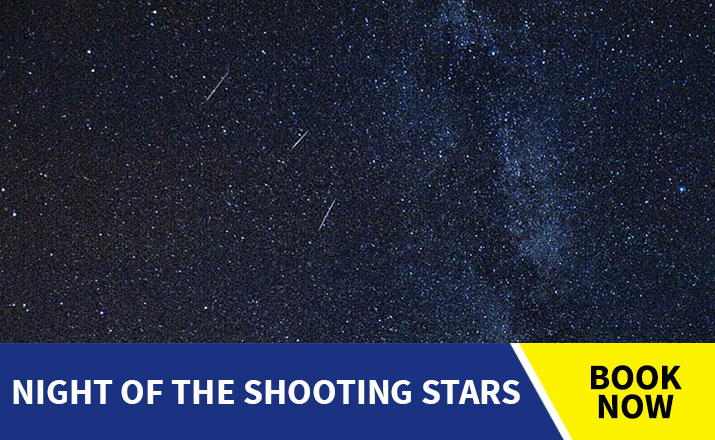Meteroids, Meteors, Meteorites and Bolides
The smallest celestial bodies moving around the sun (in our solar system) are called meteoroids and we divide them into two groups. They are extremely small bodies ranging from fraction of a millimeter to size of grain and from couple of millimeters to few centimeters in diameter.
The ones that burn in collision with Earth’s atmosphere are called meteors. Celestial bodies that manage to arrive to Earth’s surface are called meteorites.
If the celestial body is larger in dimension, from few dozens of centimeters to couple of meters, even dozens of meters it rarely falls on Earth surface and for its bright shining light we call them bolide. That is why we call fastest racing cars in Formula 1 bolide as well.
Bolide
Over the 4.6 billion years, the age of our solar system and the age of Earth, many bolides huge in size have fallen on the Earth surface and have left behind them large craters (holes in the Earth’s surface like those on the Moon). Those are the bodies larger than couple of meters or dozens of meters and we call them asteroids, planetoids or little planets.
Crater
Meteors are grouped into two more groups relative to their movement around the Sun. If the celestial bodies are scattered across the entire elliptical trail around the Sun we say that they are in the stream. If they are concentrated only on one part of the elliptical trail we say that these celestial bodies are in meteor swarm. Meteor streams and swarms are the leftovers from the comets.
When Earth, on its path around the Sun, enters through the stream or through the swarm, depending on it’s size, the collision of the celestial bodies with our atmosphere is clearly visible during the night as the shining trail that lasts very shortly. The speed with which these celestial bodies enter our atmosphere are around 70 kilometers per second.
We also group meteors depending from which part of the sky they are coming from. When we draw the the lines of their celestial movement from where they are coming from we will notice that all the lines cross in a single spot. We call that spot a radiant. Depending in which constellation the radiant is in that is the name we give to those meteors. So we have many meteor radiants like Leonides (radiant is in the constellation Leo or Lion), Perseids with radiant in constellation Perseid (in Croatian culture known as Tears of St. Lawrence), then we have Draconian with radiant in constellation Draco or Dragon…










